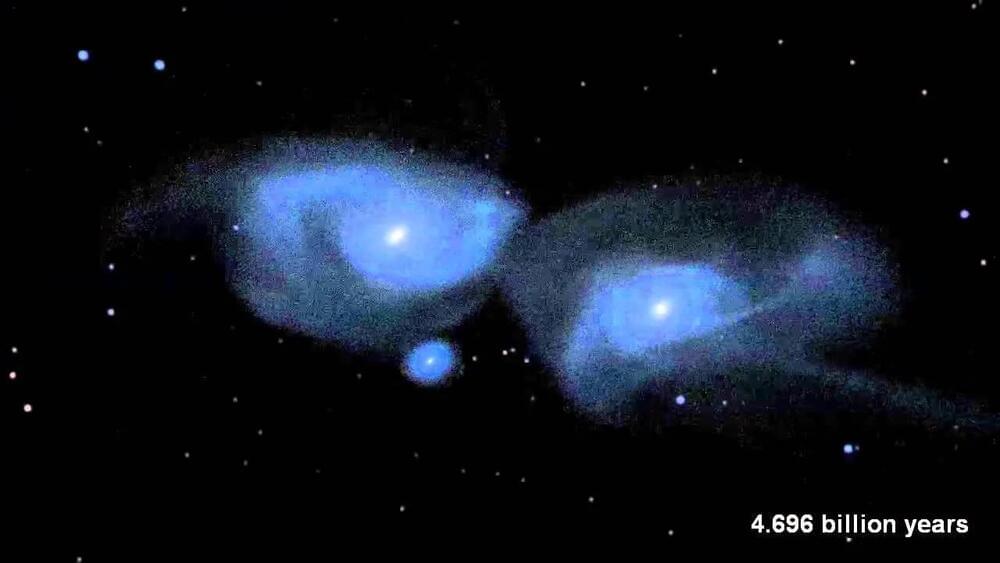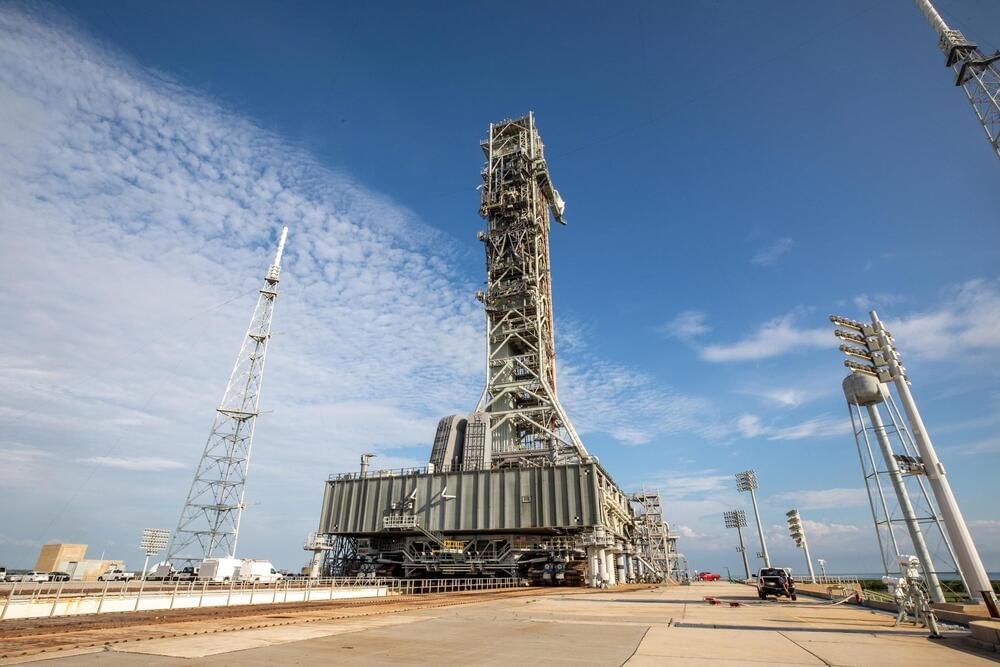How is AI impacting data systems? Discover the answers from experts at NVIDIA, Google, Microsoft, and Western Digital.
Get the latest international news and world events from around the world.

Researchers Say Quantum Machine Learning, Quantum Optimization Could Enhance The Design And Efficiency of Clinical Trials
Despite the promising findings, the study acknowledges several limitations of quantum computing. One of the primary challenges is hardware noise, which can reduce the accuracy of quantum computations. Although error correction methods are improving, quantum computing has not yet reached the level of fault tolerance needed for widespread commercial use. Additionally, the study notes that while quantum computing has shown promise in PBPK/PD modeling and site selection, further research is needed to fully realize its potential in these areas.
Looking ahead, the study suggests several future directions for research. One of the key areas for improvement is the integration of quantum algorithms with existing clinical trial infrastructure. This will require collaboration between researchers, pharmaceutical companies and regulators to ensure that quantum computing can be effectively applied in real-world clinical settings. Additionally, the study calls for more work on developing quantum algorithms that can handle the inherent variability in biological data, particularly in genomics and personalized medicine.
The research was conducted by a team from several prominent institutions. Hakan Doga, Aritra Bose, and Laxmi Parida are from IBM Research and IBM Quantum. M. Emre Sahin is affiliated with The Hartree Centre, STFC, while Joao Bettencourt-Silva is based at IBM Research, Dublin, Ireland. Anh Pham, Eunyoung Kim, Anh Pham, Eunyoung Kim and Alan Andress are from Deloitte Consulting LLP. Sudhir Saxena and Radwa Soliman are from GNQ Insilico Inc. Jan Lukas Robertus is affiliated with Imperial College London and Royal Brompton and Harefield Hospitals and Hideaki Kawaguchi is from Keio University. Finally, Daniel Blankenberg is from the Lerner Research Institute, Cleveland Clinic.
Microwaves unlock power of uncontrollable diamond qubits in quantum leap
Microwaves can control and stabilize diamond qubits, addressing their main challenge:
Researchers from Germany’s Karlsruhe Institute of Technology (KIT) have devised a method to precisely control diamond qubits using microwaves.
In case you’re wondering what is a diamond qubit, here’s a simple explanation —When a tin atom replaces a carbon atom in a diamond lattice, it leads to the creation of tin vacancy (SnV) centers.
The SnV centers are defects with exceptional optical and electronic properties, and therefore they can be used as qubits. Since these qubits result from defects in diamond lattices, they are called diamond qubits.

Is ‘negative time’ a reality? This experiment suggests so
A groundbreaking study by researchers from the University of Toronto, has revealed a phenomenon where photons were seen exiting a material before they entered it. This observation, marking the first evidence of negative time, was made during an experiment involving atomic excitation. The team has been investigating this light-matter interaction for seven years.


None of the 1.3 trillion stars are expected to collide during the Andromeda-Milky Way collision
In 4 billion years, when the Milky Way galaxy collides with the Andromeda Galaxy, the distance between the stars will be so vast that none of the 1.3 trillion stars are expected to collide.
In roughly 4 billion years, the Andromeda Galaxy and the Milky Way will collide, creating a new supergalaxy. This galactic merger will not result in stars colliding due to the vast distances between them, but the supermassive black holes at the centres of both galaxies will eventually merge. While the solar system might get flung farther from the galactic core, there’s also a chance it could be ejected entirely. Even though life on Earth would have ended by then due to the Sun’s increasing heat, this cosmic event would offer a stunning view of the changing night sky.
After reading the article, Reddit user Harry, with over +6.5k upvotes, commented: “It’s not direct collisions that are the issue. It’s the disruption to the normal gravitational systems and orbital paths. A planet that was in the goldilocks zone for liquid water and life could get affected by another passing star system enough to move it sufficiently out of its normal orbit to have planet changing effects.”

The Study No One Talks About
Enjoy the videos and music you love, upload original content, and share it all with friends, family, and the world on YouTube.

Epic Journey: NASA’s Titan Crawler Makes History Ahead of Artemis II Launch
As NASA advances the Artemis II mission, significant strides are being made with the mobile launcher at Kennedy Space Center.
Recently moved back to the Vehicle Assembly Building after undergoing extensive testing and upgrades, the launcher is central to launching the next Moon rocket. Alongside, the crawler-transporter marked a historical milestone, reaching over 2,500 miles since its inception, reinforcing its title as the heaviest self-powered vehicle by Guinness World Records.
Artemis II mission progress at kennedy space center.
Astronomers Find Cosmic Filaments Rotate Across Hundreds of Millions of Light-Years
Scientists have discovered that cosmic filaments, the largest known structures in the universe, are rotating. These massive, twisting filaments of dark matter and galaxies stretch across hundreds of millions of light-years and play a crucial role in channeling matter to galaxy clusters. The finding challenges existing theories, as it was previously believed that rotation could not occur on such large scales. The research was confirmed through both computer simulations and real-world data, and it opens up new questions about how these giant structures acquire their spin.
After reading the article, a Reddit user named Kane gained more than 100 upvotes with this comment: “What if galaxy clusters are like neuron and glial clusters in a brain. And dark matter is basically the equivalent of a synapse. It connects galaxies and matter together and is responsible for sending quantum information back and forth like a signal chain.”